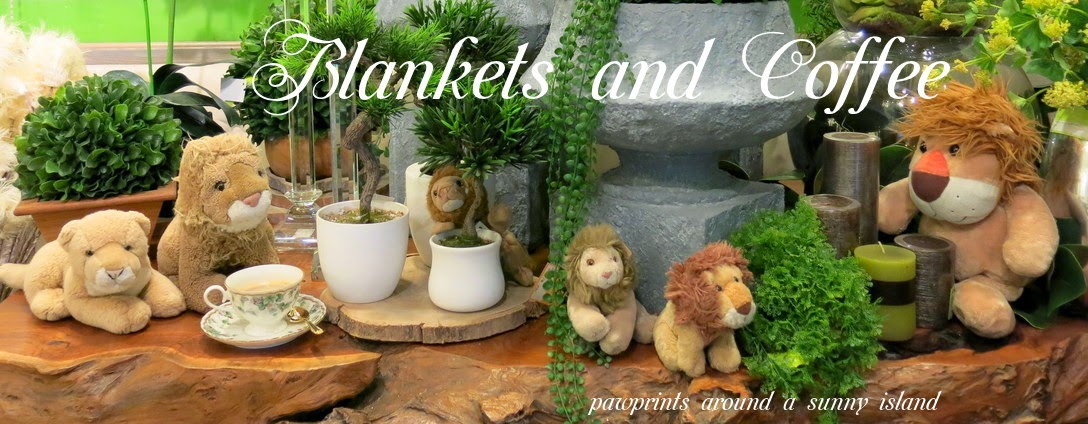Just like the elegant Chinese and Japanese tea ceremony, with its set of customary steps and etiquette, the Ethiopians and Eritreans have weaved an intricate ritual around coffee that have become an integral part of their social and cultural life. Coffee is, of course, said to have originated in the Kaffa province of Ethiopia. Brewed coffee is called 'Bunna' (boo-na) in Ethiopia, but as its popularity soon spread as far as the Arabian peninsula across the Red Sea, people referred to it as Kaffa or Coffee for the region from which it came from. Today, coffee accounts for a lion's share of the country's exports and high-quality single origin beans with distinctive flavor profiles from this part of the world remain highly sought after.
 |
| Labouring cheerfully over each dish. |
 | |
| (From top left to bottom left): Doro wet chicken simmered in berbere sauce, kidney beans, mixed vegetables, lentils, beef tibs, and shiro (chickpea) stew. Gomen (spinach) dish not in picture. |
Ok, after food, it was finally time for the part that the lions were eagerly anticipating - the coffee ceremony. Admittedly, the host could not recreate the process by entirely traditional methods ie. coffee was roasted over an electric stove instead of coal and the coffee was grounded by "modern means" rather than a pestle. Still, the ceremony kept to its true essence and showcased an endearing side of Ethiopian hospitality.
 |
| Unroasted green Ethiopian Arabica coffee beans. (unknown source, a gift from friends) |
 |
| Washing the beans. |
 |
| Weeding out the bad beans by hands. |
 |
| An aluminum flat bottom pan with a long handle for roasting coffee beans. You can touch the handle with your bare hands during roasting! It is made such that heat is conducted quickly away. |
 |
| Shaking the pan rhythmically to roast the beans evenly. A "popping" sound is heard as the beans darken and become shiny with their own oils. |
The most popular folktale tells of an Abyssinian goatherd, who around AD
850, discovered his goats behaving in an abnormally
exuberant manner after munching on some bright red berries. He
filled his pockets with those "miraculous" berries and took them to the
monks who promptly hurled them in the fire, denouncing them as fruits
from the dark side. The roasted beans were only embraced after the enticing aroma filled
the monastery and its invigorating qualities proven effective in prolonging prayer time.
 |
| Customary snacks of popcorn and roasted grains like barley and chickpeas are accompaniments to the enjoyment of the resulting beverage. |
 |
| Love the handwoven trays. |
 |
| The female guests were invited to raid a wardrobe full of lovely Ethiopian garb. That called for a mega Kodak moment much to the amusement of their macho friends. |
 |
| Elegant clay pot or jebena for brewing the aromatic beverage. This is a traditional Ethiopian pot, whereas |
 |
| the traditional Eritrean pot has no spout :) Trickier when pouring the coffee out. |
 |
| Sorry, the lioness couldn't resist taking a picture of the pretty footwear usually worn with the traditional garb. |
 |
| Ok beans turning into a darker shade... .. |
 |
| Another Kodak moment... ... |
 |
| The pan is brought near the noses of guests; an appreciation of the heady aroma. |
 |
| Ok preparing the “mise-en-scène”. |
 |
| The roasted coffee beans take their place too. |
 |
| Ok ok this time a Fuji moment... ... |
 |
| Brewing... ... |
 |
| Coffee is poured into delicate china cups known as cini (see-nee). |
 |
| The resultant brew is no pushover! Can easily be served in one of the good indie cafes here. Floral notes, medium-bodied and low in acidity. Delicious! |
 |
| Someone's contribution of sweet lychees as an aftermeal dessert. |
 |
| The lions count themselves so blessed that day to have been so well fed with food, coffee and laughter. Special thanks again to their Eritrean and Ethiopian friends. |





Love the last picture. "Rejoice in the Lord always". :)
ReplyDelete